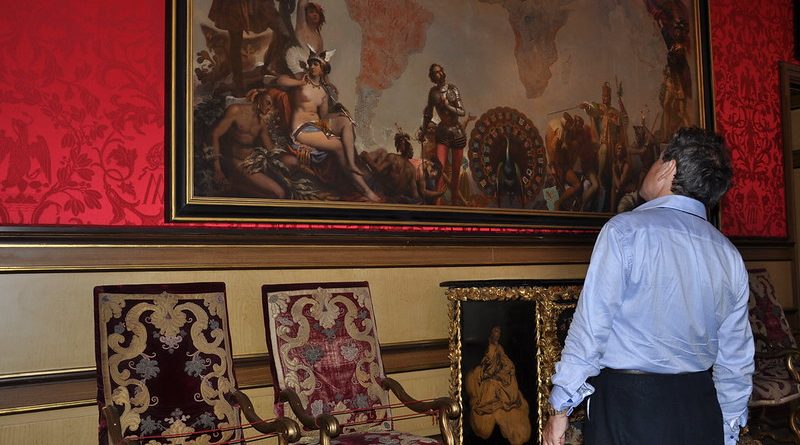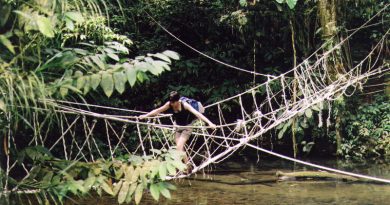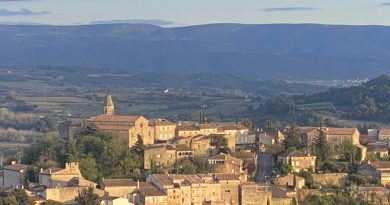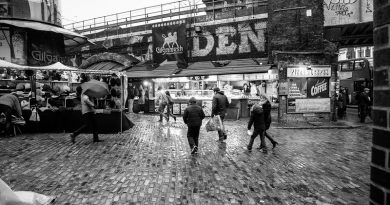A Very Brief History of Italy
Italy is a land steeped in history and culture. Cities and towns throughout its length and breadth bear endless witness to this through their palaces, fortifications and archaeological parks.
When united, its peoples looked abroad and carved territories for themselves from the lands of their neighbours, enriching the country and leading to a wave of opulent construction. When divided, Italy was a place of rich pickings, easily invaded from the sea by any power in possession of a Mediterranean harbour from which a fleet could be launched.
The Italian landscape is strewn with the buildings these invaders erected to secure their control and dominance over their new possessions.
Italy’s Long History Is Dominated By Three Periods, The Three R’s:
The Roman Empire: during these centuries Italy was the centre of one of the largest empires the world has ever seen, and the wealth that poured into the peninsula led to the creation of some of the most magnificent monuments of the Ancient World.
The Renaissance: a time of outstanding artistic and cultural achievement in which Italy led the rest of Europe. Some of the most iconic Italian paintings, sculptures and buildings were commissioned at this time, and the seeds for a future Italian state were sown when the modern Italian language was developed by Dante Alighieri.
The Risorgimento: the fifty or so years leading up to 1871, during which people throughout the Italian peninsula and associated islands began to successfully agitate for the removal of foreign influence and the creation of a single Italian state, which would soon become one of the major powers in the world.
These three periods are rightly seen as the definitive moments of Italian history, but the time in between them was a fractious and fascinating one, and this very brief overview of some of its key moments is intended to set them in a basic context:
Italy: A Brief Timeline
c.48,000 BC Neanderthal Man arrives in the Italian peninsula
c.32,000 BC Homo Sapiens arrives in the Italian peninsula.
c.6000 BC Neolithic revolution: appearance of first farming communities.
c.2500-1500 BC A series of migrations into the Italian peninsula brings new cultures, languages and forms of metalworking, and creates the basis for the pre-Roman civilizations.
8th Century BC Foundation of the first wave of Greek and Phoenician colonies in Sicily, Southern Italy and Sardinia. The Etruscan civilization appears in central Italy.
753 BC The traditional date for the foundation of Rome.
509 BC The traditional date for the ending of monarchical control in Rome and the foundation of the Roman Republic.
390 BC The traditional date for the sack of Rome by Gauls from Northern Italy.
341-290 BC The Romans fight three wars against the tribes of Samnium to the south-east of Rome. Victory gives them control of all of central Italy.
272-265 BC The Romans conquer Southern Italy.
264-241 BC The First Punic War: Rome defeats Carthage and seizes western Sicily, followed soon after by Sardinia and Corsica.
219-202 BC The Second Punic War: Carthage invades Italy, and is only narrowly defeated. Rome seizes the rest of Sicily and begins to gain control over Spain.
200-188 BC Rome invades the East, defeating Philip V of Macedonia and Antiochos III of Syria, and becomes the most powerful force in the Mediterranean.
91-88 BC Civil war breaks out in the Italian peninsula, caused in part by Italian dissatisfaction with the distribution of the benefits of Empire. Rome wins, but Roman citizenship is extended to most Italians.
58-50 BC Julius Caesar conquers Gaul and invades Britain.
49-30 BC Civil war tears the Roman world apart. The first round ends with the victory of Caesar, who is declared Dictator for Life and then assassinated. The Civil Wars continue until Octavian (soon to be renamed Augustus) defeats Antony and Cleopatra and conquers Egypt.
AD 14 Augustus dies and Tiberius becomes Emperor. The Roman Republic has ended, and the Roman world will be ruled by Emperors until it is destroyed.
330 Constantinople is founded and the division of the Roman world into an Eastern and a Western Empire gathers momentum.
410 Rome is sacked by Alaric, King of the Visigoths.
476-493 Odoacer, a German, becomes the first non-Roman to rule the Italian peninsula, but is defeated and killed by Theoderic, King of the Ostrogoths, whose dynasty rules Italy until 535.
535-554 The Byzantine Empire reconquers the Italian peninsula, devastating much of it in the process, but soon loses control of most of the interior. Italy is divided between North and South for much of the following five centuries, and is continually invaded by Arabic forces and wracked by internal conflicts.
999-1139 The Normans arrive in Italy and carve out a kingdom in the South, defeating the Arabs and Byzantines in the process. At the same time, the great maritime republics of Amalfi, Pisa, Genoa and Venice begin their rise to economic and military power.
1494-1559 The “Italian Wars” involve most of the Italian states, as well as the major European powers, and occur at the same time as the flowering of the Italian Renaissance. When they had finished, much of Northern Italy had been devastated and foreign powers controlled much of the peninsula.
1559-1814 Northern Italy is dominated in turn by Habsburg Spain, Habsburg Austria and the French Republic, while Southern Italy is controlled by the Kingdom of Naples and the Kingdom of Sicily.
1816-1871 The Risorgimento, or unification of Italy, takes place in fits and starts, and in 1861 Victor Emmanuel II is declared King of Italy (minus Rome and the Venetia) in Turin. In 1866 the Venetia is annexed, and Rome is taken in 1870, becoming the official capital of the Kingdom of Italy in 1871.
1915-1918 In spite of having been allied to Germany and the Austro-Hungarian Empire since 1882, Italy eventually enters the war in 1915 on the side of the Allies, gaining several territories in the North-East, but bankrupting the country in the process.
1922-1946 Benito Mussolini’s Fascist party comes to power and begins to expand overseas, conquering Ethiopia and Albania and allying with Germany in World War II. Having surrendered in 1943, Italy is the scene of a vicious campaign as the Germans try to hold off the advancing allied armies. When the war ends in 1945, much of the Centre and North of the country lies devastated. In 1946 a referendum leads to the end of the Kingdom of Italy, the creation of the Republic of Italy, and the expulsion of King Emmanuel III and his son Umberto II.
1946- The Italian economy grows strongly in the post-war decades, but rising political tensions from the 1970s lead to the assassination of an ex-prime minister (Aldo Moro) and a series of political scandals revolving around corruption. The political circus continues, but so does the tradition of innovation, development and entrepreneurship. Italy continually seems to be on the verge of one crisis or other, but continually survives, often with panache.




